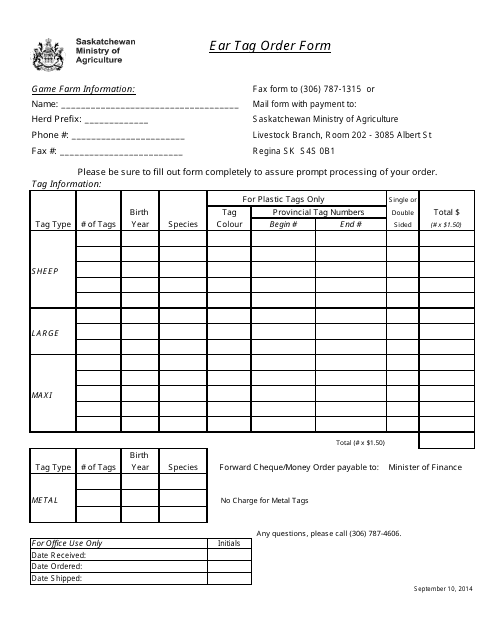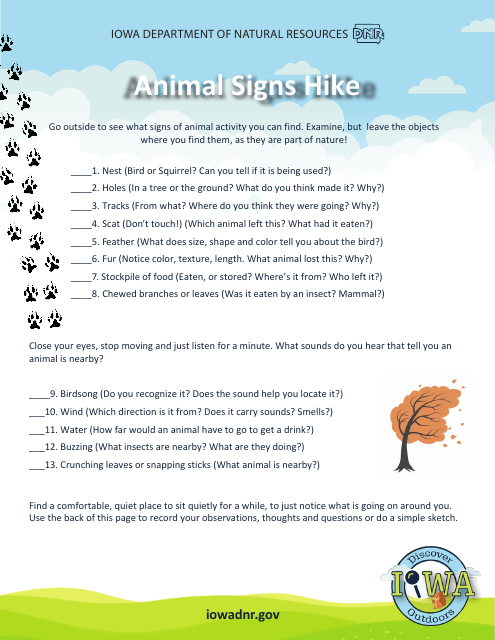Animal Tracking Templates
Animal Tracking, also known as the systematic recording and monitoring of animals, is a crucial practice for various purposes. Whether for agricultural or research purposes, keeping track of animals is essential for maintaining a sustainable and efficient system.
Through animal tracking, individuals and organizations can gather valuable information about the movement patterns, behavior, and health of different species. This data allows for better management of livestock, wildlife conservation efforts, and the overall understanding of animal populations.
For instance, documents such as the Dairy Animal Id List and Ear Tag Order Form - Saskatchewan, Canada, focus on animal identification methods specific to the dairy industry. These documents help farmers keep accurate records of their cattle, ensuring proper management and tracking of individual animals.
In addition, forms like the VS Form 7-10 Animal Movement Record and APHIS Form 7019 Record of Animals on Hand (Other Than Dogs and Cats) are used to document the movement and inventory of animals, allowing for effective disease control, traceability, and regulatory compliance.
Animal tracking is not only limited to livestock or domestic animals but also extends to wildlife. The Animal Signs Hike - Iowa is an example of a document that aids in observing animal tracks, scat, and other signs to identify local wildlife and understand their ecological roles.
By utilizing various tools and methods, including technology such as GPS collars, radio transmitters, and trail cameras, animal tracking has become more accurate and efficient over time. These advancements have enabled researchers and wildlife managers to gather data on animal behavior, migration patterns, and habitat preferences, contributing to better wildlife conservation and management strategies.
Whether you are a farmer, researcher, or wildlife enthusiast, having access to reliable animal tracking documents is vital for effective decision-making, ensuring the welfare and sustainability of animal populations. With the help of these documents, individuals and organizations can make informed choices that support both the animals and the ecosystems they inhabit.
Documents:
6
This document is a list of identification numbers for dairy animals. It is used to keep track of individual animals and their characteristics on a dairy farm.
This Form is used for ordering ear tags for livestock in Saskatchewan, Canada.
This form is used for recording the movement of animals.
This form is used for keeping a record of animals other than dogs and cats that are currently on hand. It helps maintain an accurate inventory and ensure compliance with regulations.






